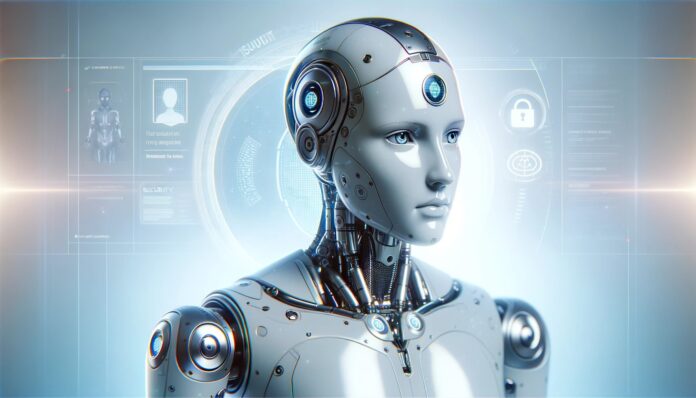
The rise of Agentic AI has become one of the most talked about trends in the AI world. The move to autonomous AI Agents promises to be as big a leap forward as Generative AI was over traditional AI models. Whereas traditional AI assisted with analysis and recommendations, Agentic AI works by understanding the environment, making decisions, and taking action without human involvement. It is no surprise that Gartner lists Agentic AI as one of the top strategic trends in 2025 and anticipates it will resolve 80% of customer service issues by 2029.
But with these massive advantages come new types of risks and threats. These risks go way beyond traditional AI problems like data poisoning and model poisoning due to the autonomy that AI agents possess. As Agentic AI can make decisions and interact with other AI agents in its own unique ecosystem, we are facing security challenges that conventional security has not encountered before. In this article, we will look at a few of these challenges and how to face them.
The Problem with Autonomous Agents
As mentioned, the key feature that defines Agentic AI is autonomy, i.e., the ability to take actions without human involvement. This also creates security problems, such as rogue or compromised AI agents causing havoc in IT environments. For example, a security AI Agent could be taken over and used to lock users out of critical systems, make incorrect decisions, and weaken the security posture of an environment. This also poses the question of accountability, i.e., who is responsible for the actions that an AI agent takes? Is it the company using it, the vendor, or the team deploying it?
The Agentic AI Ecosystem
AI agents are not designed to work in isolation but operate in an ecosystem of AI Agents, which helps them execute complex workflows for increased efficiency. This opens up new attack vectors, such as the following:
1. Compromised AI Agents: Attackers may compromise AI Agents or introduce their malicious agents into this ecosystem to subtly influence their behavior and cause them to make faulty decisions.
2. Collusion Attackers: As AI Agents work together in collusion towards a common goal, they may develop malicious behavior that was never intended, either as a result of influence or due to new “emergent” behavior
3. Competitive Exploitation: In some patterns, AI Agents are designed to compete against each other to achieve their goals. Attackers may influence this behavior and essentially “trick” AI agents into prioritizing false goals or fake threats to waste their time and resources.
4. Agentic AI “Worms”: As AI Agents learn by autonomously updating and sharing knowledge with other agents, attackers can exploit this ability and cause malicious behaviors to spread within an ecosystem.
The Problem of Unpredictability
We briefly touched upon emergent behavior in the previous section, and it is a key risk with agentic AI. It refers to AI agents executing unexpected actions as they learn and interact with their environment, which deviates from their original training. As attackers understand this behavior, they can use it for their malicious purposes by influencing an AI Agent to take actions that go against the interest of the company using it. This “goal misalignment” can be extremely hard to detect due to its subtle nature. For example, an attacker can trick an AI agent running in a cloud environment into thinking that security systems are causing unnecessary overhead and shut them down.
Getting ready for Agentic AI threats
Agentic AI presents challenges for monitoring, adoption, and implementation. One must grasp the possible hazards and implement a multistep security plan including the following to help to reduce them:
1. Continuous Monitoring: Agentic AI abnormalities can be monitored in real-time using AI-powered surveillance. Any deviations should be noticed and followed.
2. Secure communication and authentication: To protect agentic AI ecosystem from unauthorized manipulation, mutual authentication between agents and a trust-based ecosystem must be present to protect its integrity.
3. AI Explainability: AI Agents must not be “black boxes,” and the logic behind any actions taken must be transparent and explainable. Where possible, human-in-the-loop failsafe should be present before AI agents take action on mission-critical systems.
Conclusion
Agentic AI will introduce unanticipated attack vectors and hazards for which conventional security models are inadequate. Novel cybersecurity systems have to be built for such risks, and security controls for Agentic AI have to be developed and applied. By understanding this new threat landscape, CISOs and Cybersecurity teams can implement Agentic AI to take advantage of its immense power while mitigating any potential risks it may introduce.




















